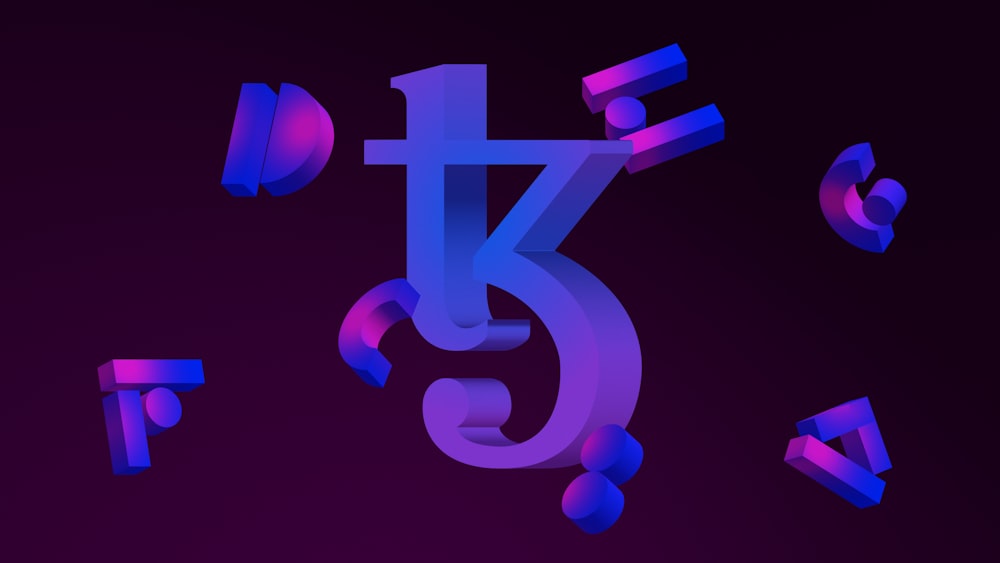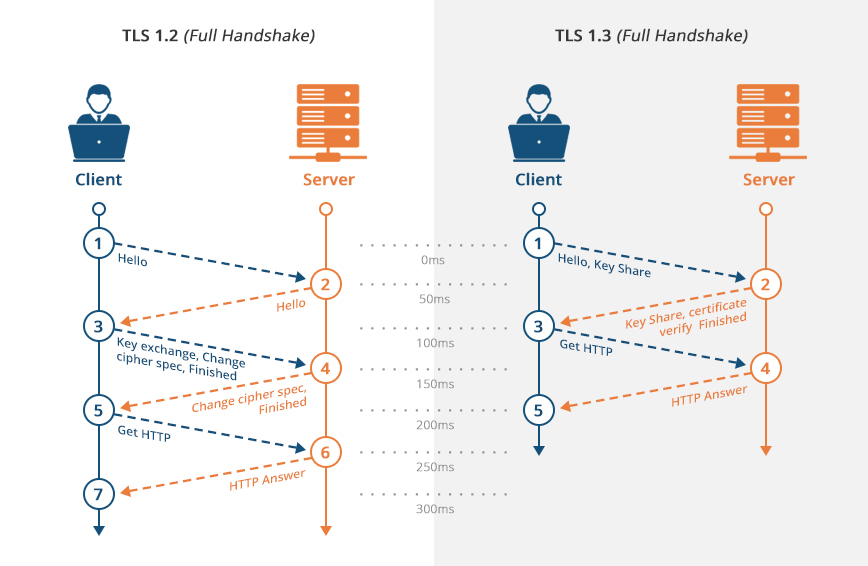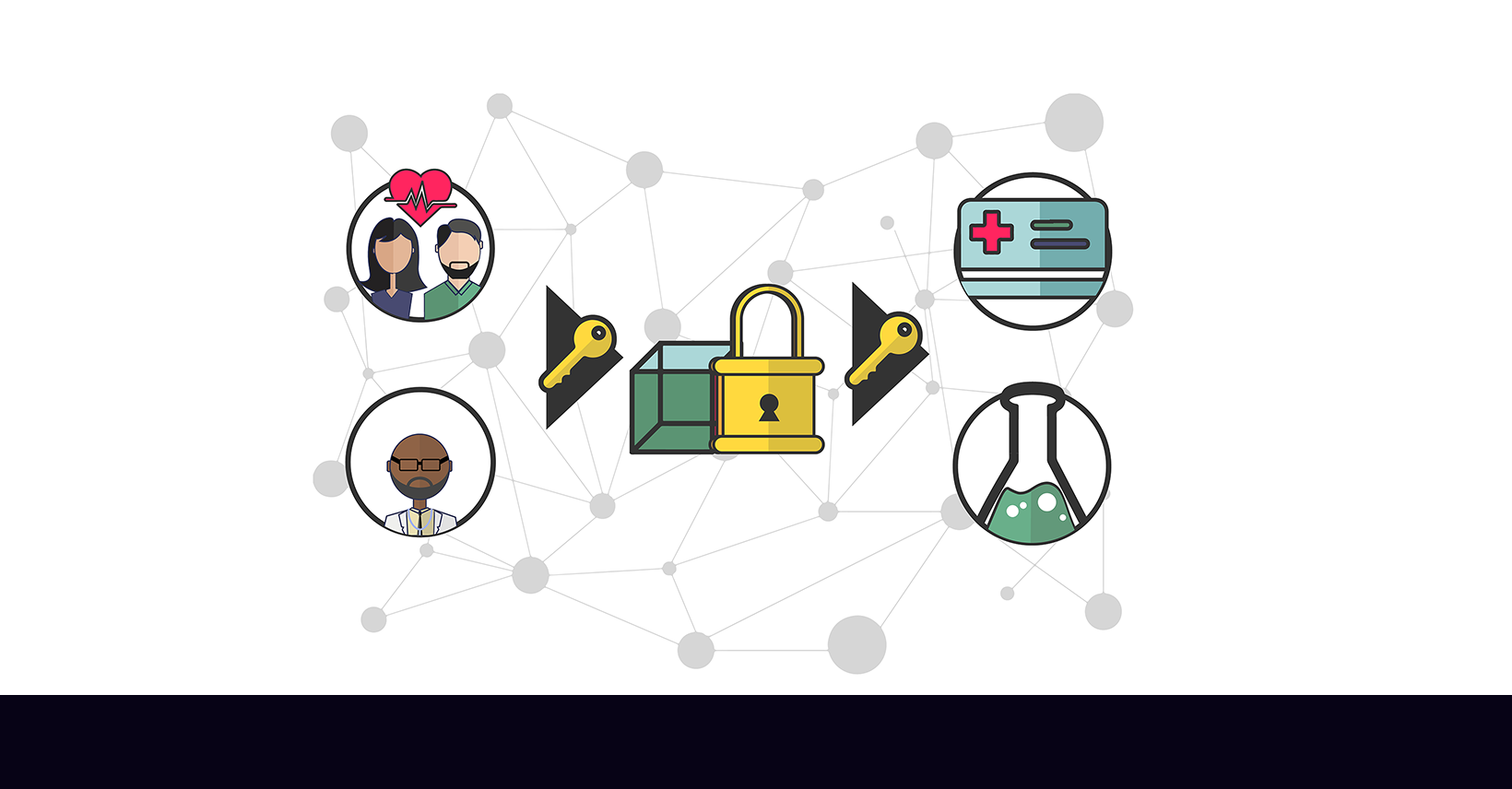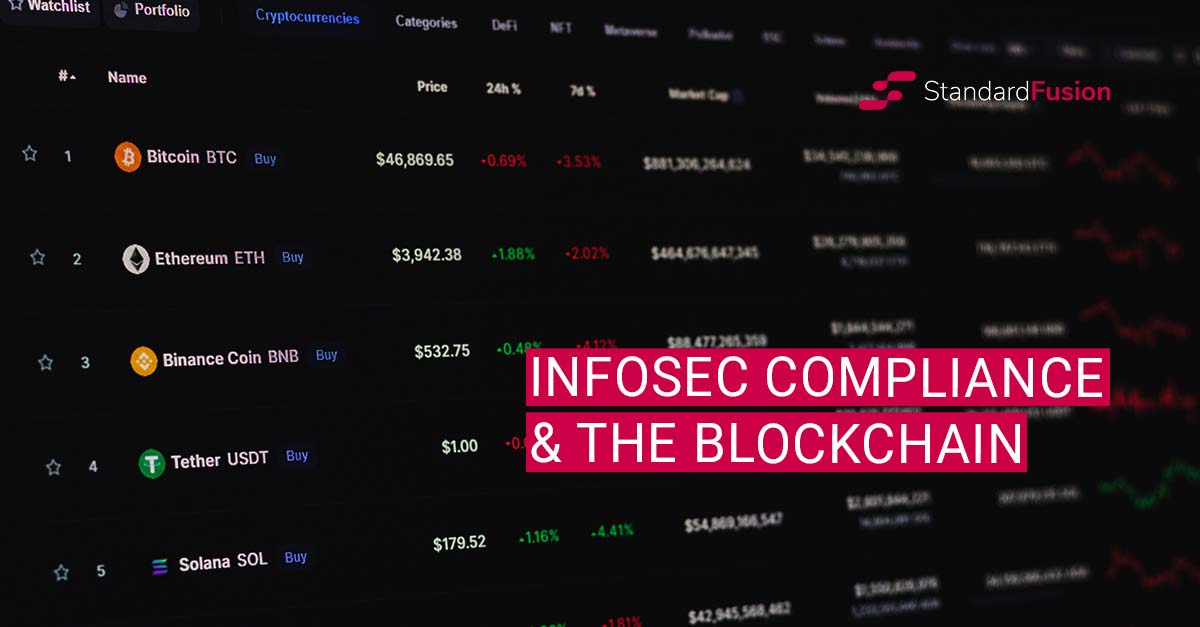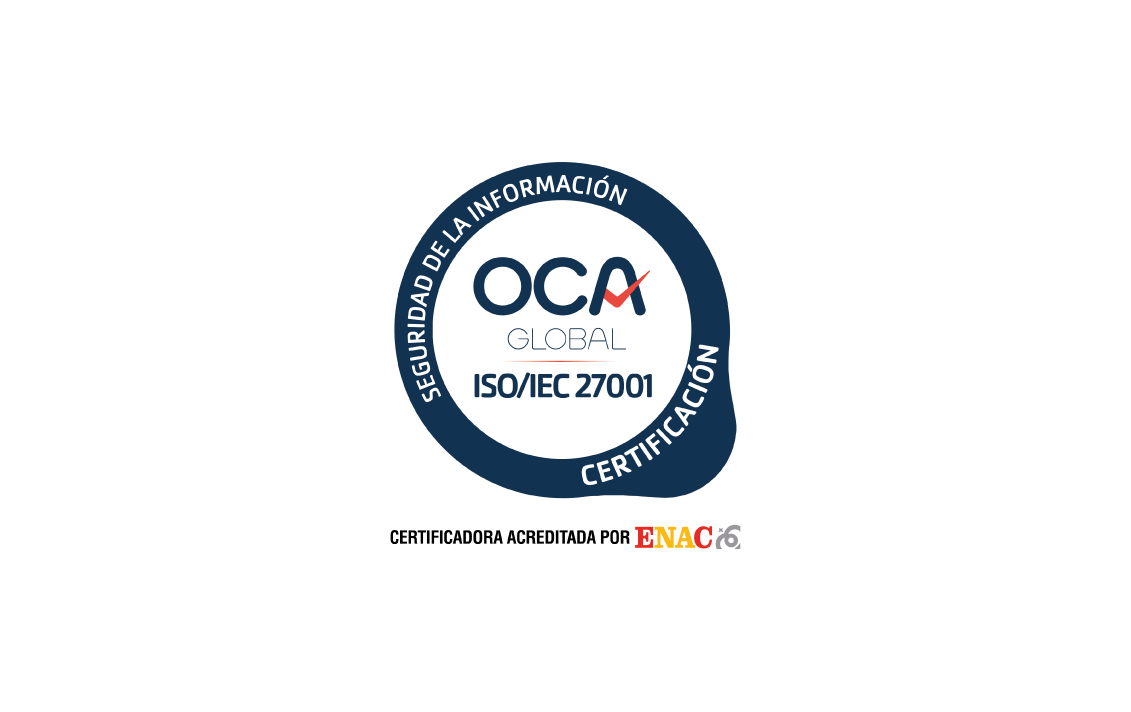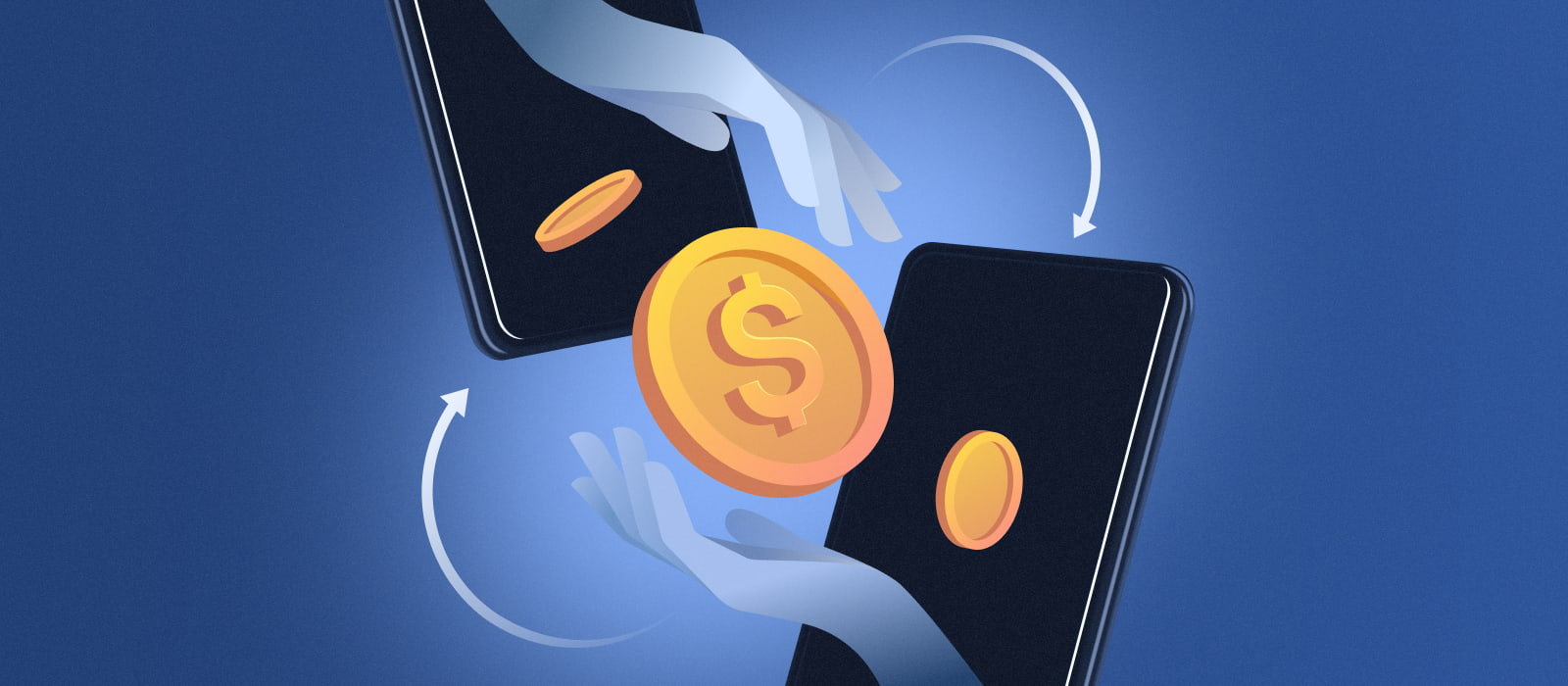
Exploring the Essence of Permissionless Blockchain
In the realm of blockchain technology, permissionless blockchain emerges as a paradigm of decentralization, providing unrestricted access and fostering a sense of freedom. Unraveling the core principles, applications, and unique features of permissionless blockchain unveils its transformative potential in shaping the future of decentralized systems.
Unrestricted Access: A Foundation of Decentralization
Permissionless blockchain fundamentally operates on the principle of unrestricted access. Unlike permissioned counterparts, anyone can participate in the network, validate transactions, and contribute to the consensus process. This inclusive approach democratizes the blockchain, ensuring that control is distributed among a diverse group of participants rather than centralized entities.
Decentralized Consensus: Trust Without Permission
One of the defining characteristics of permissionless blockchain is its decentralized consensus mechanism. Participants, often referred to as nodes or miners, collectively validate and agree on the state of the ledger without the need for a central authority’s approval. This trustless consensus fosters resilience, transparency, and security in the absence of a single controlling entity.
Cryptocurrency Networks: Pioneers of Permissionlessness
Cryptocurrency networks, particularly Bitcoin and Ethereum, stand as pioneers in the realm of permissionless blockchain. These networks enable users to transact, validate transactions, and participate in the governance of the network without requiring permission. Cryptocurrencies serve as a testament to the power of permissionless blockchain in creating decentralized and borderless financial systems.
Empowering Financial Inclusion
Permissionless blockchain contributes significantly to financial inclusion by providing access to financial services for individuals who may be excluded from traditional banking systems. With a simple internet connection, users worldwide can engage in peer-to-peer transactions, access savings and loans, and participate in a global financial ecosystem, irrespective of geographical boundaries.
Smart Contracts: Code Without Boundaries
Smart contracts, a hallmark of permissionless blockchain, are self-executing contracts with predefined rules. They automate and enforce contractual agreements without the need for intermediaries. Permissionless blockchain platforms, like Ethereum, enable the creation and execution of smart contracts, opening new frontiers for decentralized applications (DApps) and programmable finance.
Challenges and Scalability Considerations
While permissionless blockchain brings forth numerous benefits, challenges exist. Scalability concerns, especially in popular networks, can lead to slower transaction processing times and higher fees. Innovations such as layer 2 solutions and consensus algorithm enhancements are ongoing efforts to address scalability challenges and improve the overall user experience.
Privacy and Anonymity: Balancing Act
Permissionless blockchain balances the transparency of transactions with the need for privacy and anonymity. While transaction details are visible on the blockchain, the identity of participants remains pseudonymous. Striking this balance ensures accountability and auditability while respecting user privacy—an essential consideration in decentralized systems.
Evolving Landscape: Beyond Cryptocurrencies
The landscape of permissionless blockchain extends beyond cryptocurrencies. Various projects explore decentralized identity solutions, voting systems, and supply chain management. The flexibility of permissionless blockchain opens avenues for innovation across industries, fostering trust and transparency in diverse applications.
The Future Trajectory
As technology advances, the trajectory of permissionless blockchain is poised for continued growth. Integration with emerging technologies like decentralized finance (DeFi), non-fungible tokens (NFTs), and advancements in consensus mechanisms will shape the future landscape. The ongoing quest for scalability, usability, and sustainability underscores the dynamic nature of permissionless blockchain.
Embracing the Permissionless Revolution
In conclusion, permissionless blockchain represents a revolution in decentralized systems, empowering individuals and fostering innovation. From financial inclusion to smart contract applications and beyond, the unrestricted nature of permissionless blockchain opens possibilities for a more inclusive and decentralized future. To delve deeper into the world of permissionless blockchain, visit Permissionless blockchain for additional resources and insights. Embrace the permissionless revolution shaping the decentralized landscape.









